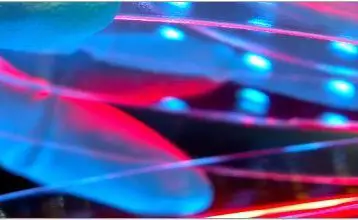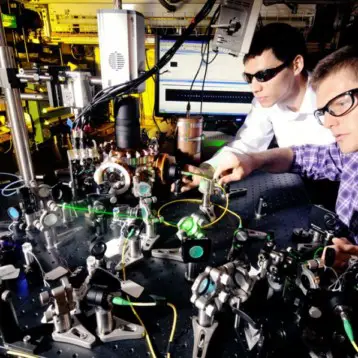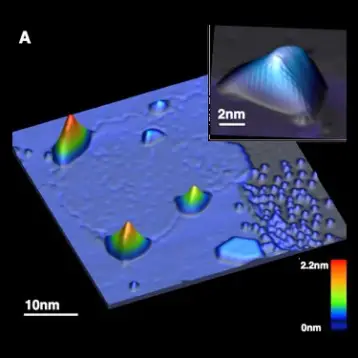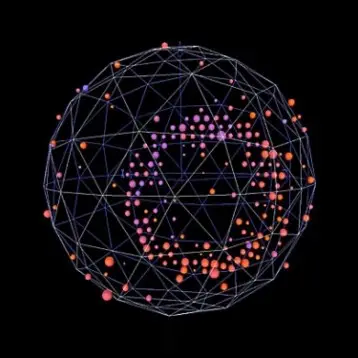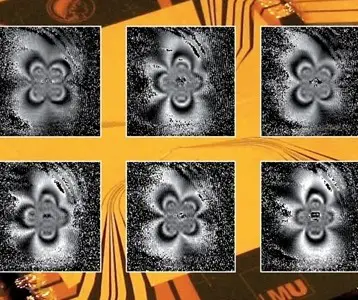Already in the 1890’s famous scientist and engineer Nikola Tesla dreamt of wireless transfer of power. He envisioned a world, in which all electricity is transferred wirelessly, but the idea was more or less abandoned and highly efficient copper cables became the basis for modern electricity infrastructure. With the recent surge in the amount of portable electronic devices the need for a way to eliminate cumbersome electrical wires became apparent. Several companies, including the U.K. based SplashPower covered on TFOT in 2006, have developed technologies for charging small gadgets, such as cell phones and cameras, using electromagnetic induction. Although electromagnetic induction eliminates the need for wires, the transmitter (power source) and the receiver (implanted in the gadget) must be extremely close in order for the transmission to succeed.
In order to eliminate this requirement and create a truly portable device which can be charged wirelessly from a distance of several meters, Professor Marin Soljačić and his team from the MIT physics department developed a different sort of wireless power. They placed two copper helices, with diameters of 60 centimeters, 2 meters apart. The first copper helix was connected to the power source and the other was connected to a light bulb. When the power source was turned on, electricity from the first metal coil created a magnetic field around it which was "picked up" by the second coil. This magnetic field created a current within the second coil (that was attached to the light bulb), so that the light bulb turned on.
Unlike most wireless data transferring technologies, which use very high frequencies (WiFi uses 2.4GHz while GSM-based cellular phones use either 850/900 MHz or 1800/1900 MHz), the MIT team used a fairly low 10 MHz frequency. In addition, this new way of transmitting energy is more efficient than trying to emit power from an antenna in the same way that information is wirelessly transmitted. Transferring power as if it was information causes much of the energy to radiate away in all directions. In contrast, the MIT team achieved a power transferring efficiency of about 45 percent.
As a result of the widespread publication of MIT’s successful experiment, some criticism has been raised against both the feasibility and the safety of the technology. Health risks are currently at the heart of a worldwide debate regarding the potential damage from cellular phones and transmitting actual power may be regarded as an even greater potential risk. The MIT researcher’s response to this claim is that most of the energy transmitted by their device is in the form of magnetic fields, which barely affect the human body.
A different criticism has to do with the feasibility and usefulness of the MIT technology. Some experts claim that 45 percent efficiency is still too low and perhaps more importantly, that in order to achieve a greater transmission distance the size of the transmitter (currently about 60cm in size) may have to be increased. These limitations along with several others might complicate the commercialization process of this technology, a process which is still a few years away even according to the MIT developers themselves.
Image: 60-watt light bulb was turned on by a power source two meters away using coils with the MIT team in the middle (Credit: MIT/Aristeidis Karalis).



